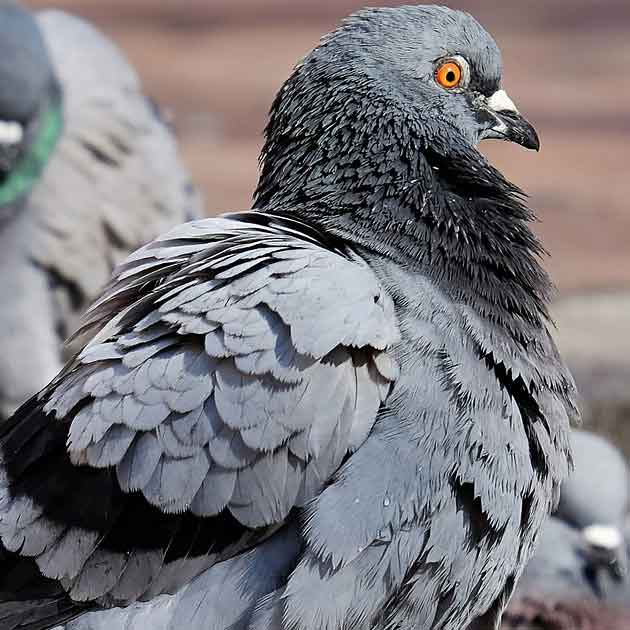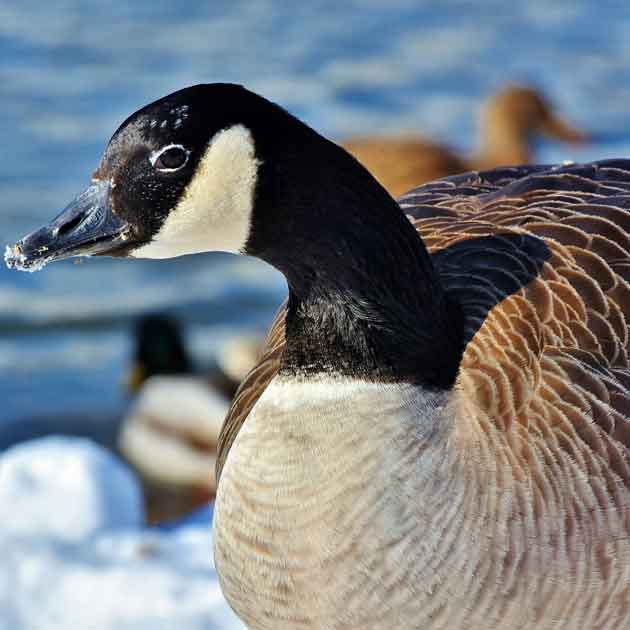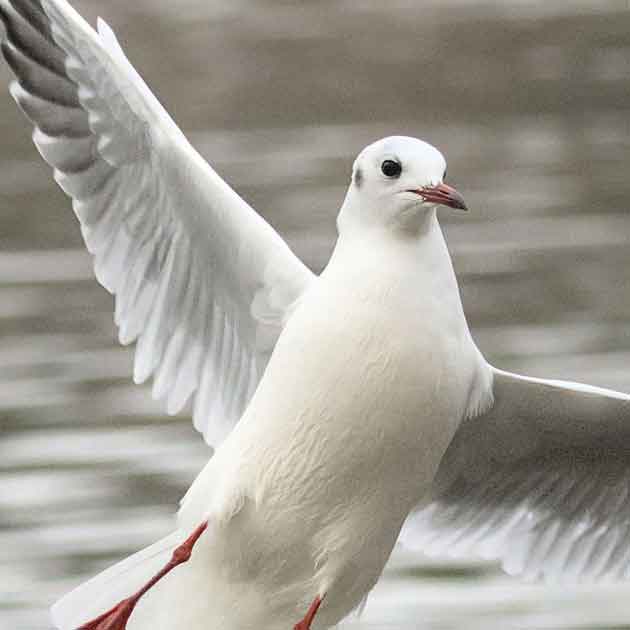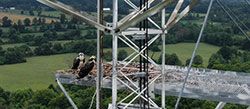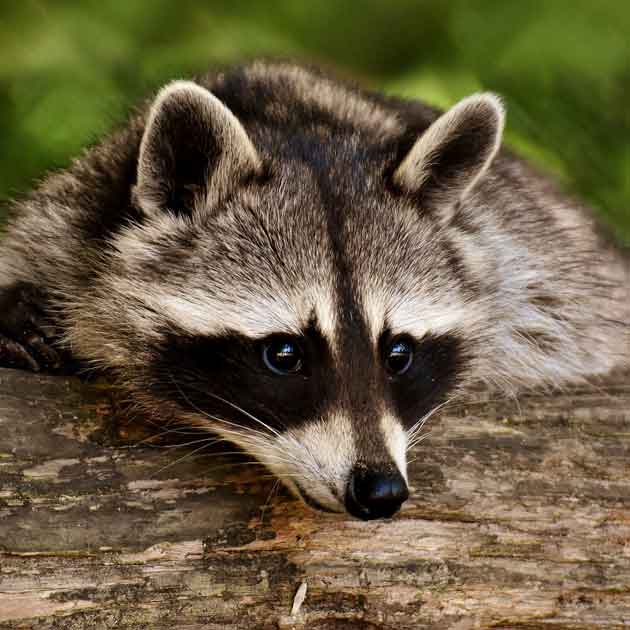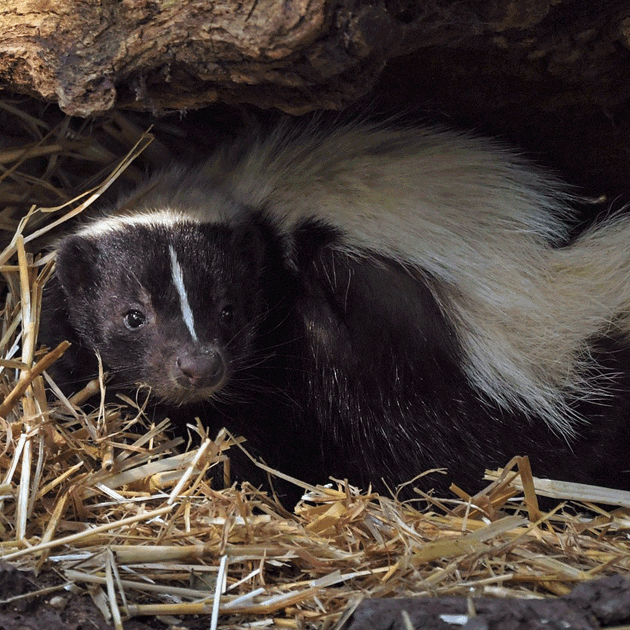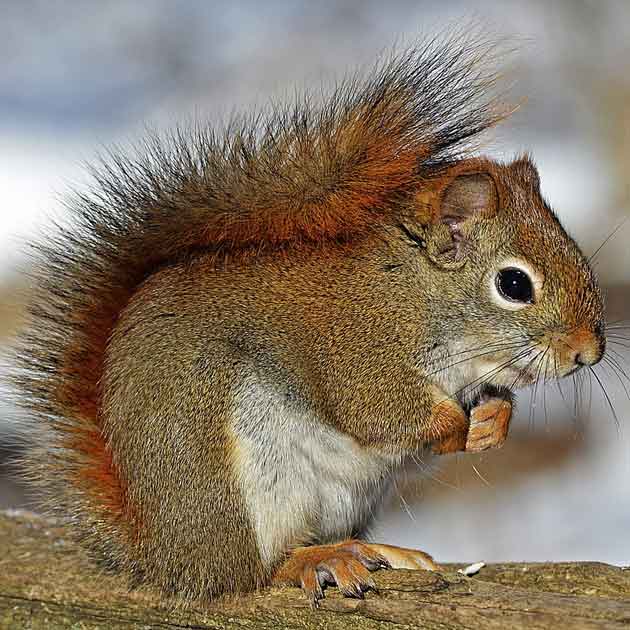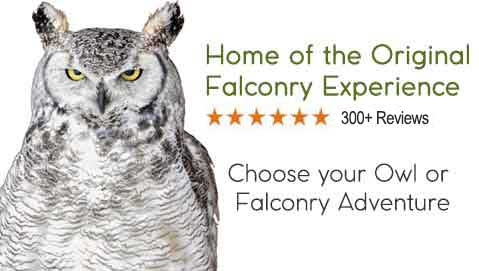The Greater Toronto Area, or the GTA, has seen a marked increase in the number of coyotes sighted within the cities. Their growing presence has been of concern to many residents and also city officials. There is a need for public education and awareness of the threat these wild animals may pose to city dwellers. The increased prevalence of wild animals, in general, within the city limits is driven by a number of factors, like the abundant food sources within Toronto and the fact that coyotes, in particular, are extremely adaptable animals. They can thrive almost anywhere with an abundance of food sources.
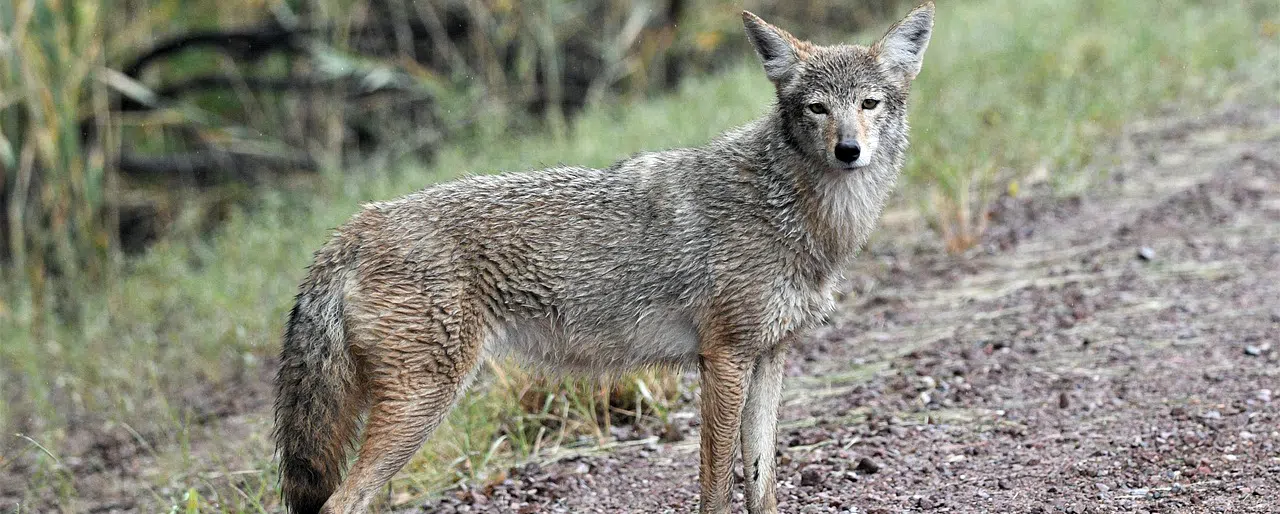
Why Have Coyotes Increased So Much In Recent Years In The Greater Toronto Area?
Toronto has a great number of green spaces, wood lots and undeveloped areas within the city provide numerous opportunities to build dens, where Coyotes make their homes. Coyotes are opportunistic animals and can thrive even in less than ideal conditions. It has been hypothesized there are more coyotes and raccoons in the Toronto area than there are people. The GTA’s extensive network of ravines, rivers and streams, parks and green space, as well as numerous underground waterways offer safe travel routes and shelter to wild animals, allowing the coyote to move through or even settle in most neighbourhoods without being exposed.
Reasons for Increased Coyote Activity in Toronto
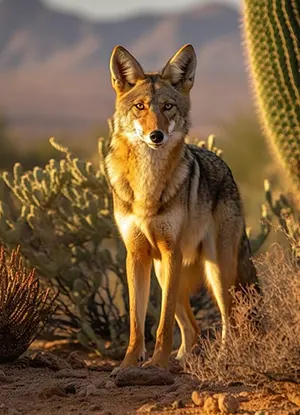 Availability of Food
Availability of Food
- City Trash
Coyotes are opportunistic omnivores and will eat almost anything with any nutritional value to them. They particularly like rabbits, mice, rats, small birds, even wild turkey. They will also eat fruits and vegetables. They are known to eat carrion as well, like road kill or leftovers from another animals kill.
In the city, there is an abundance of garbage and food scraps available. People putting out the trash the night before pick up may be surprised to find garbage bins tipped or bags ripped open and spread across their yard or driveway the next morning. - Purposely or Inadvertently Feeding Coyotes
People still feed wildlife in their backyards. They put out food and water for whatever small critter they expect at their back door. Such well meaning gesture may not only bring on larger wildlife but also turn the intended benefactor into prey for a coyote. Wildlife feeding gained more popularity during Covid lockdowns - many wildlife enthusiasts would feed wild animals for entertainment. Many cities have enacted laws to prevent people from feeding the wildlife to prevent these interactions. Bird feeders are legal, but be aware: having a bird feeder will attract birds, as well as squirrels, chipmunks and other small mammals that will, in turn, attract coyotes. - Easy Prey
In addition to small native mammals, your pet out for a hasty bathroom break in the backyard makes for a relatively quick and easy meal. Small dogs have little or no chance of survival if pursued by a coyote. Although coyotes usually hunt alone, they will pair up or hunt in a group to take down larger prey - so, even your medium sized or larger dog may be overwhelmed.
Few Natural Predators
There are very few predators of coyotes left, even in the wild. Their main predators are humans and wolves. Coyotes are able to produce successful litters with an average of 4-6 pups per year, undisturbed and without viable threat, thus exponentially increasing the population.
Lingering Consequences of Lockdowns
Pandemic lockdowns created some very unique circumstances; there were very few people out and about on the street, sidewalks, in parks or on trails and the coyotes became emboldened and started claiming territory. Some coyotes even lost their natural fear of humans and went after people for food. It isn’t unheard of for a coyote to chase down small children or approach people in their backyards, drawn by the smell of an enticing barbecue.
Dangers of Coyotes in Toronto Neighbourhoods
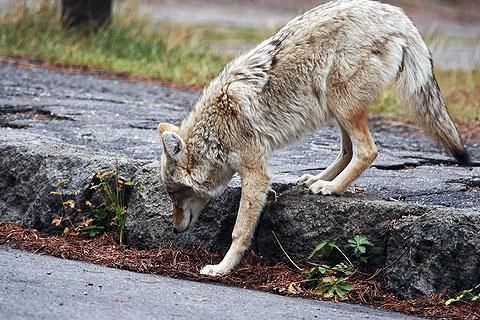
Coming home after dinner one night to a suburban area home, one of our team members saw 5 coyotes walking down the sidewalk in front of their house and past the neighbours houses. There are numerous reports of coyotes in alleyways rummaging through the garbage in downtown Toronto where people are walking just steps away. People seeing coyotes at their back doors peering through the door window and looking for food.
Challenges to Mitigating Coyote Attacks
Predator Control
Predator control measures, ie: hunting, trapping, organized culling to reduce the populations in a given area have largely been outlawed within Toronto city limits and even beyond. Reducing the number of coyotes in any given area is a balancing act; Coyotes, like many wild predators, are typically territorial and if the numbers in one area go down too much, animals in the neighbouring areas will fill the gap left. Trapping and relocating are also fraught with problems. Because coyotes are territorial, moving any coyote from one area to another, even several miles away, will result in the death of the displaced coyote, as the animals in the area to which it was relocated will kill and consume it. There are no predators to coyotes in the GTA except humans.
Public Perception
Public attitudes toward wildlife and the culling of wildlife has shifted quite a bit through the years. More recently, the public outcry is enough to put a stop to any hunting or culling of wild predators for the safety of the population. Politicians are forced to consider the ethical considerations and public pushback. As always, the louder voices in such situations get heard first.
Animal Activists
Animal welfare activists tend to have the loudest voices, overpowering the voices of victims and the families of victims that have been hurt or lost pets due to the coyote attacks. Again, it is a fine balance. Many people want to focus on coexistence with wildlife, but the numbers of wildlife in Toronto, particularly coyotes continue to increase unchecked. The wildlife population in the GTA is growing and no one seems to take responsibility for this increasing threat.
Public Education on Dealing with Coyotes
Public education and awareness is necessary. Many municipalities have put out information on websites about human interaction with coyotes and what to do or not do. Coyote Watch Canada has great information on how to stay safe with coyotes around, as does the City of Burlington, Ontario.
The following “Dealing with Coyotes” is published by the City of Burlington. It is an excellent resource for public education and awareness. It is most important to know - Never Run Away or Turn Your Back On a Coyote.
Coyote sightings are common. If you see a coyote, keep your distance and the animal will most likely avoid you. If you come across a coyote:
- Stop and pick up small children and pets
- Use hazing techniques - shout loudly and wave your arms high in the air
- Back away slowly while remaining calm
- Never run or turn your back on a coyote
Coyote sightings and vocalizations may increase during certain times of the year such as:
- January to February: mating season
- March to May: den selection and pup rearing
- September to December: dispersal of pack members
Understanding the benefits of coyotes in our ecosystem helps to promote a preserve healthy wild spaces. If a coyote poses an immediate threat to public safety, call 9-1-1 and alert the Police Service in your area
Deterring coyotes from your property
Residential neighbourhoods are an ideal coyote habitat. Water, shelter and food sources like garbage, pet food and bird feeders make residential areas appealing to coyotes.
A property owner is responsible to keep their lot clean and clear of debris. Residents and property owners can make sure they comply with the bylaw by ensuring their property is tidy and clear of garbage, food, brush, long grass and wood piles which are ideal den sites for coyotes or other wild animals that attract coyotes. Backyard bird feeders are exempt under the City’s Lot Maintenance Bylaw. They must be well maintained to avoid fines.
You can make your property less inviting to coyotes by:
- Cleaning up after your dog, as coyotes are attracted to dog feces
- Use wire screening to close off spaces around and under decks and sheds . Make sure the wire screening goes at least 20 centimeters underground
- Putting up a two-meter-high fence that extends at least 20 centimeters underground
- Removing all water and food sources from your yard, including birdseed and fruit that has fallen to the ground. These foods can also attract smaller animals that in turn attract coyotes
- Removing long grass, dead brush and wood piles, as these provide potential den sites for coyotes or other wild animals that attract coyotes
- Storing garbage, compost and pet food in a place coyotes cannot access, like a garage or shed
- Using flashing lights and motion sensors
Hazing coyotes
Consistent hazing will scare off coyotes by re-instilling their fear of humans. Any time you see a coyote in a residential area, use hazing techniques to scare it away, such as:
- Spraying the coyote with water from a garden hose or a water gun filled with vinegar
- Throwing small rocks, large sticks, cans and or rubber balls near the coyote
- Using air horns and whistles or banging pots
- Waving your arms and making yourself look as big as possible
- Yelling loudly
Protecting pets from coyotes
Never leave pets unattended. Coyotes can hunt cats and small dogs. They may view dogs as a threat to their territory or family. You can protect your pets by:
- Keeping your pets on a short leash when walking outdoors. Ninety-two per cent of conflict between wildlife and dogs occurs when dogs are off-leash
- Using caution on trails at dawn and dusk - this is when coyote activity is highest
- Avoiding known den sites and thick vegetation where coyotes may seek cover. This is especially important in denning season (April to June) and the dispersal period (September to October) when coyote pups are leaving the den
- Not leaving pets unattended in your backyard, especially in areas that back on to ravines or woodlots
- Keeping cats indoors
- Neutering and spaying dogs, as coyotes are attracted to and can mate with dogs that have not been spayed or neutered
The Ministry or Natural Resources and Forestry also has information on their website. Please note: the Ministry does not provide direct wildlife control.
Hawkeye Provides Coyote Control and Removal Services
Hawkeye Bird And Animal Control is the preferred Wildlife Animal Control and Removal Service for cities, municipalities and also, the general public. We are the wildlife experts with over 30 years of experience, skills and specialized knowledge necessary to deal with Coyotes in Ontario Contact us to learn more.


